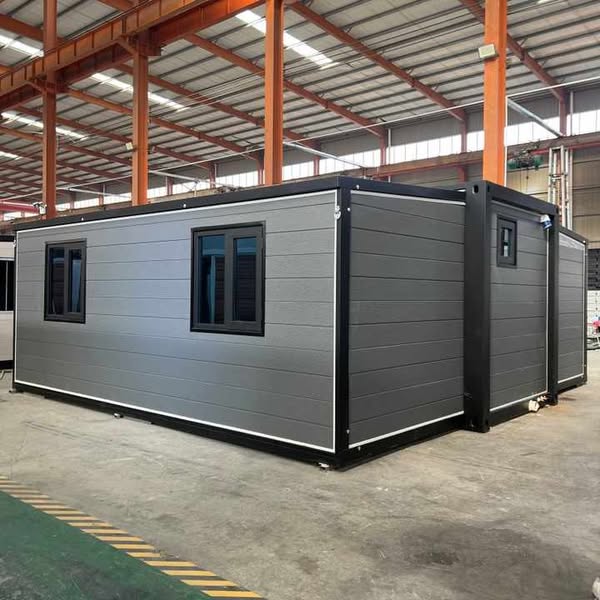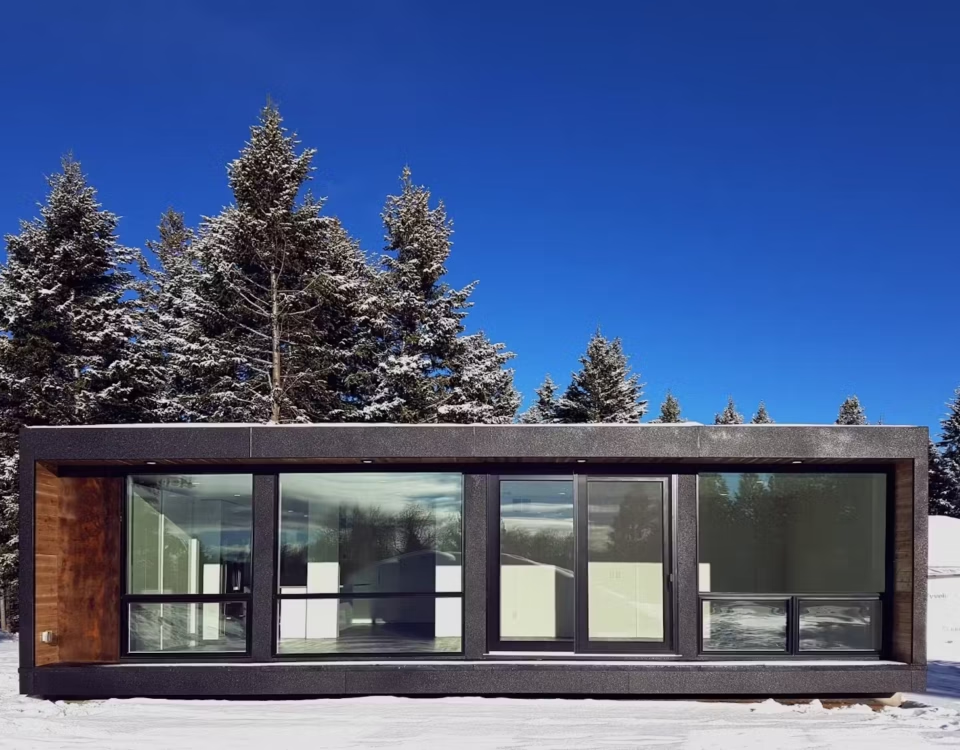Shipping Container Homes – Pros and Cons
Shipping Container Homes
23 September 2025
Why Shipping Container Homes are the Future of Modern Living
23 September 2025Shipping Container Homes – Pros and Cons
Shipping container homes have quickly become an eco-friendly alternative to traditional home construction methods, offering durability, weather resistance, affordability and easy customization.
Before investing in a container home, it is essential that you carefully consider both your priorities and budget, and evaluate the permitting processes in your area.
Cost
Shipping container homes have become an increasingly popular alternative to conventional homes as more homeowners opt for smaller or tiny houses. Not only are these unique living spaces affordable and eco-friendly, they’re easier to build than most conventional houses, and can offer all the same amenities you’d find in traditional houses.
Cost of building a shipping container home varies based on its size and features desired. Simpler models may cost between $25,000 to $40,000. More sophisticated containers could reach $400,000.
Prefabricated container homes may be less costly to purchase and customize than building one from scratch, depending on their size and customizations. Furthermore, consider costs such as materials, site preparation and permits before making your decision.
Repurposing and altering a container home to make it livable will involve extensive renovation, such as insulation, plumbing, electrical wiring, doors, windows and more. You may need additional supplies like wood for framing and insulation as well as HVAC components; additionally, land and utility costs must also be taken into consideration (a new water main typically costs $32-53 per linear foot while septic and sewer systems range between $3,500-8,500).
Energy Efficiency
Shipping container homes have quickly gained in popularity as an eco-friendly housing solution. Constructed from recycled containers, these homes can be built quickly while adding a unique aesthetic. However, living in such structures does have some drawbacks that should be considered before making this choice a viable option for you. In this article we’ll look at their benefits and drawbacks so potential homeowners can make an informed decision. Shipping Container Homes – Pros and Cons
An important consideration when building a container home is its location and cost. Either leasing or purchasing land can be expensive depending on its size, while any extra amenities or materials can further raise expenses.
Selecting an experienced builder for your shipping container home is also crucial to its success. These professionals can design and construct custom homes tailored specifically to your specifications within budget constraints while meeting local regulations.
As well as paying for land, construction costs for your home will also include any desired amenities. While container homes provide an alternative to traditional structures, their assembly may prove more complex due to lack of prefabricated components; nonetheless, building process for container homes tends to be much quicker as basic structure has already been put in place.

Durability
Shipping containers were built to protect cargo while it is transported across oceans, making them exceptionally resilient and sturdy. Furthermore, they can easily be modified with windows, door openings, and electrical sockets installed with minimal effort – in fact shipping container homes can often be constructed faster due to their prefabricated framework being ready-built.
Weather resilience is another benefit that makes shipping container homes attractive to many in extreme climates. They’re better at withstanding hurricanes and tornadoes due to a strong foundation that keeps them above ground level, and are made out of steel which can withstand damage from high wind speeds or fire.
However, the lifespan of a shipping container home depends on many different factors, such as quality of materials and construction methods. It’s crucial to use high-grade paint and sealant for water/air tight sealant as well as insulation to maintain an interior temperature that suits you comfortably. Furthermore, hiring professional help is recommended due to improper building techniques which could shorten its lifespan drastically. Furthermore, its location must be considered; for homes exposed to extreme climate conditions it would be wise to opt for steel-framed construction which is rust resistant while resisting salt/contaminants found in nature.
Sustainability
Container homes are inherently eco-friendly due to their ability to repurpose materials that would otherwise go to waste and their modular design, offering endless creative possibilities. Furthermore, these houses use significantly less wood and cement than traditional ones – two factors which help lower their ecological footprint and attract environmentally conscious buyers. Shipping Container Homes – Pros and Cons
Shipping containers’ long lifespan and durability contribute significantly to sustainability. Repurposed containers provide energy-efficient retail spaces and workspaces, reducing their carbon footprint significantly. Furthermore, installing solar panels or energy efficient lighting further accentuates their eco-friendliness.
As demand for container homes continues to increase, manufacturers have responded with custom solutions designed to meet consumer expectations. They offer green certifications and install rainwater systems in homes to reduce water usage and emissions; however, homeowners must conduct due diligence prior to making any purchasing decisions for one.
Shipping container homes may be growing more popular, yet they remain an unconventional form of home construction. Being new construction types they may require permits and zoning requirements that may prove challenging for some builders; to ensure you work with an organization who understands these regulations well to guide the way through.
Costs associated with shipping container homes can vary significantly based on design, size, and location factors. Therefore, it is vital that you conduct research to find an organization offering competitive pricing as well as quality workmanship.


